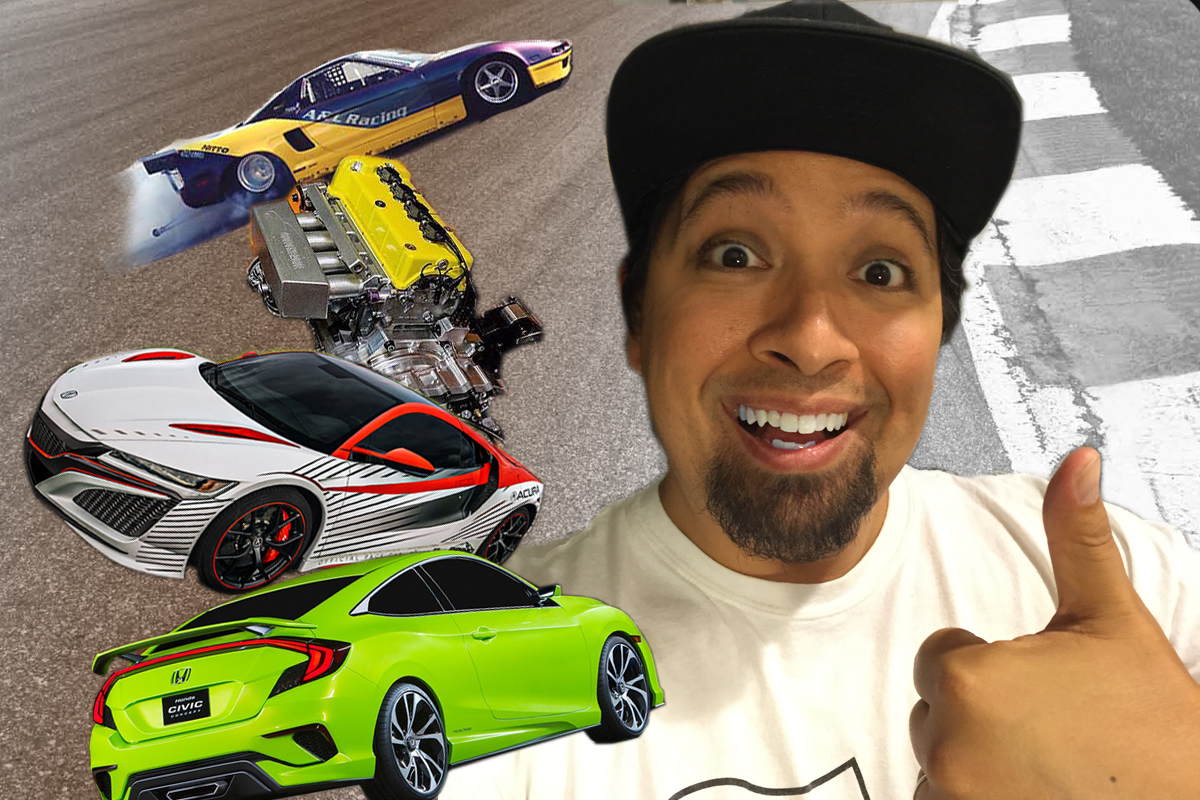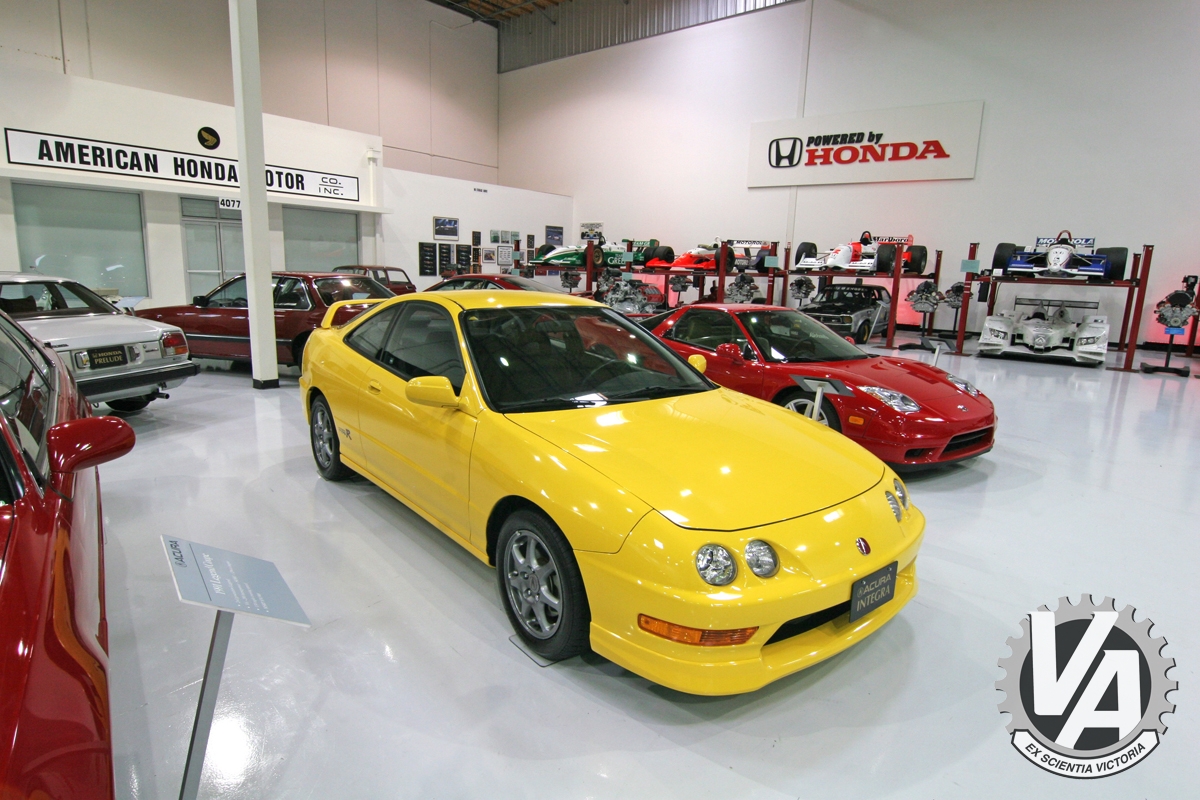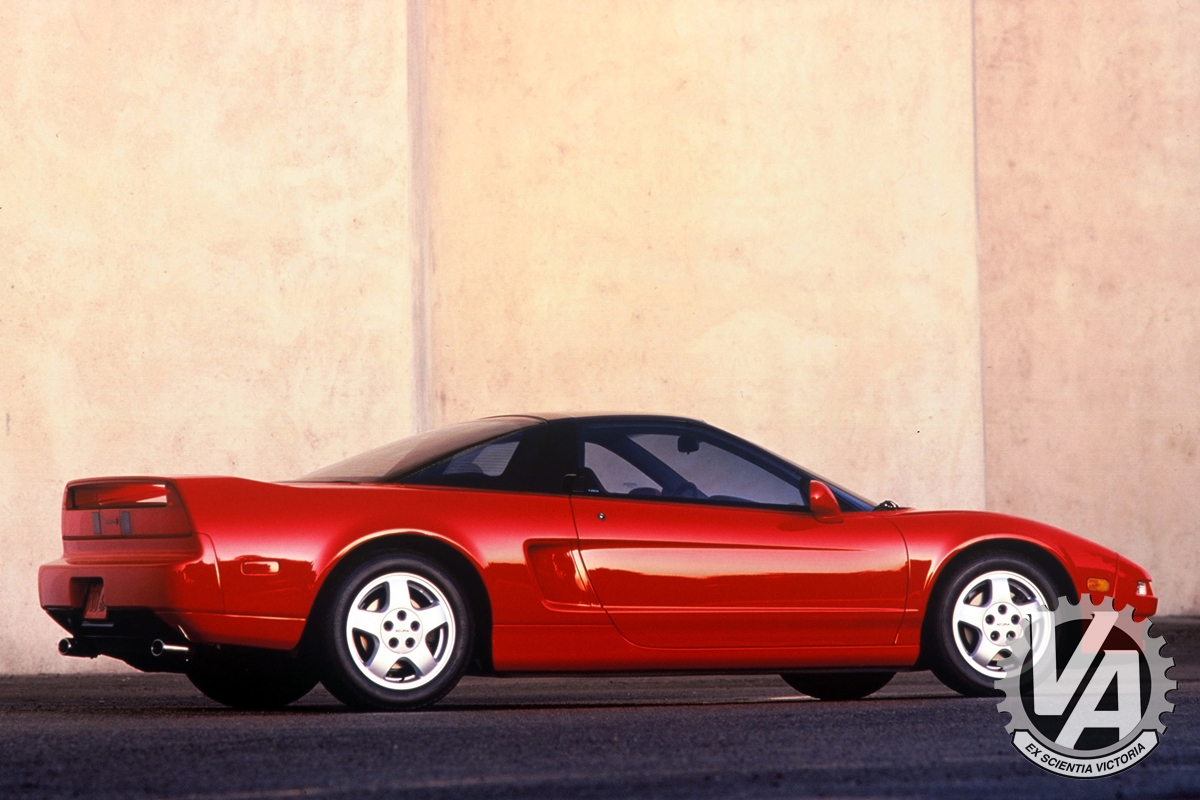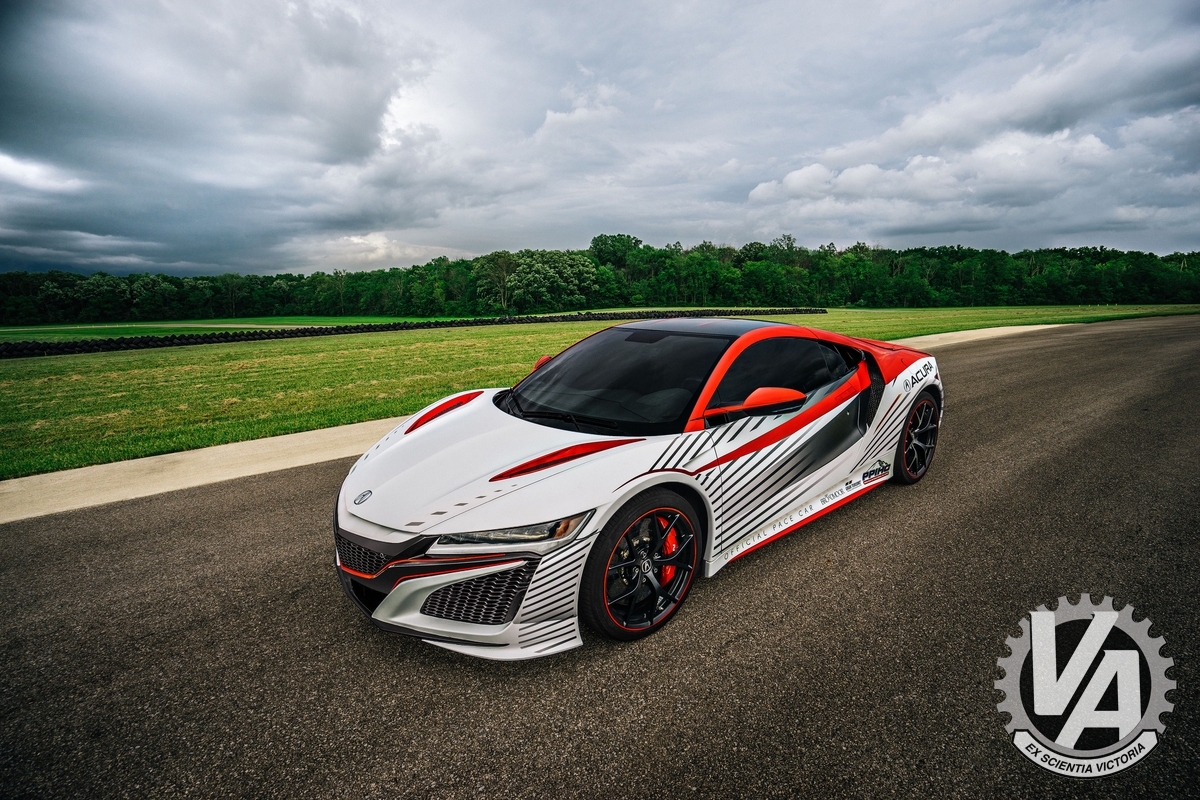
19 Jul Honda’s Second Golden Age
Now’s a great time to be a Honda head.
By Aaron Gaghagen
Photos by Aaron Bonk and courtesy of American Honda
Yep. I’m excited. And I think as a Honda enthusiast you should be, too. But why? Well, for a bunch of reasons, but mostly because I think we’re in the middle of Honda’s second golden age.
Honda’s first golden age, to me, took place between 1996 and 2005. Fourth- and fifth-generation Civics and second-generation Integras were becoming affordable to those of us who wanted to remake them under our own visions, which meant tons of development for swaps, boost, suspension, and other performance goodies was going on. Without all of that development, some of the parts we take for granted today wouldn’t exist.
Of course with all of those performance parts being made, people began hitting the streets and, later, the drag strips and tracks in huge numbers. It was so much fun going to drag races that drew so many cars, fans, vendors, and manufacturers. IDRC events in Phoenix were like the Eibach Meet but with multi-class drag racing thrown in. It had its homegrown heroes, like Stephan Papadakis and his H22-powered Civic hatchback, internationally famous cars like the Signal Auto choptop Civic, and corporate-backed cars like Adam Saruwatari’s NSX. Yeah, a drag NSX. Who even does that?
During that time we also had cars we could realistically apsire to. Honda was still making the Integra Type R, the NSX, and the S2000. Think about it: the greatest-handling FF car in history (until that point in time and, arguably, still), the Integra Type R opened the eyes of those who didn’t think a small-displacement, naturally aspirated Acura could hang with traditional FR track machines of the time. Of course, they did and they won. A lot. The NSX with its Ferrari-esque good looks and Honda quality separated the people who liked cars from the people who knew cars. The S2000 amazed Honda and non-Honda people alike with it’s 9,000-rpm redline, stiff chassis, spot-on transmission, and top-down fun. Those were cars that made driving exciting.
But about that second golden age. Today, classic Hondas can be dirt cheap, leaving money left over for modifications that were previously cost-prohibitive. Eighth- and ninth-generation Civics, RSXs, and first-generation TSXs are now affordable and ready for modifications. And those K-series engines and six-speed manual transmissions bring these cars to life. And with that there are a bunch of new parts and new tuning options.
And, oh, yeah, Honda’s bringing the Type R back to the U.S. They’ve yet to drop any specifics on the U.S.-spec Civic Type R, but you know after all of this hype Honda won’t come weak with its newest R-badged car. They can’t. Honda’s finally realized that the enthusiasts really do help at getting everyone else excited about the brand.
After an 11-year hiatus, the NSX will be back, too. With it’s hybrid power and turbo, mid-engine layout, it’s pushing all kinds of boundaries in the fashion of its original iteration. Back in the day it was the (reasonably) attainable and reliable alternative to a Ferrari or Porsche. Today it’s no different. The usual supercar suspects have their own hybrids that cost a few arms and legs where the new NSX will cost just a bit more than your dentist’s used 911 Turbo.
But that’s not all I’m excited about. Some incredible builds on deck, set to debut at the SEMA show later this year. Seriously, have you heard about Ryan Basseri’s Integra build? If you haven’t, then pay attention to the Rywire Facebook page. Ryan is about to set the bar to nosebleed heights. There have also been teasers from RC’s Garage on builds he’s got going on. Plus, there are builds I don’t even know about that always seem to pop up. It’s going to be awesome.
Then there’s the racing. We’ve got Global Time Attack, Redline Time Attack, VTEC Club, IDRC, Import Face-Off, Honda Day, SCCA, NASA… That’s not all of them, but you can see that if you want to race your Honda, you’ve got plenty of options.
Yes, the number of magazines covering Hondas and imports in general has decreased with only a couple titles remaining, but high-quality coverage online has increased a ton. During the first golden age we didn’t have The Chronicles, Speed Academy, MotoIQ, NWP4LIFE, Hondapro Jason, AutoLife TV, OSOSIK, or even VTEC Academy. And that list is far from all-inclusive. Today, we have real journalists, videographers, and photographers online producing content that is just a click away that was once available only in the magazines. Second golden ages don’t come around too often, all of which makes right now the perfect time to be a Honda fan.




No Comments